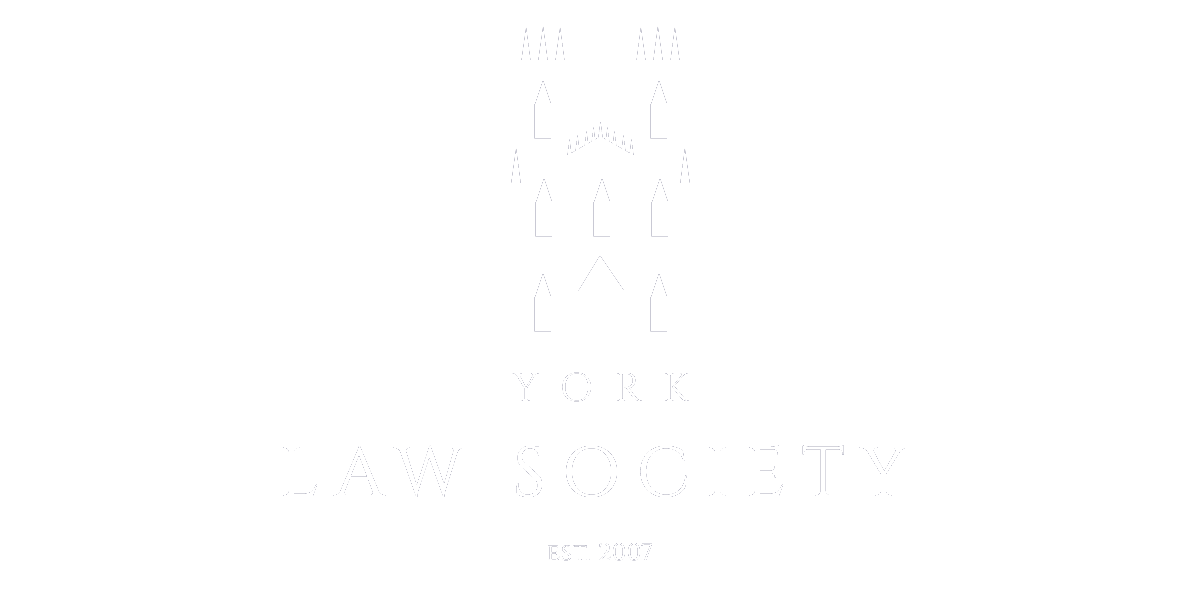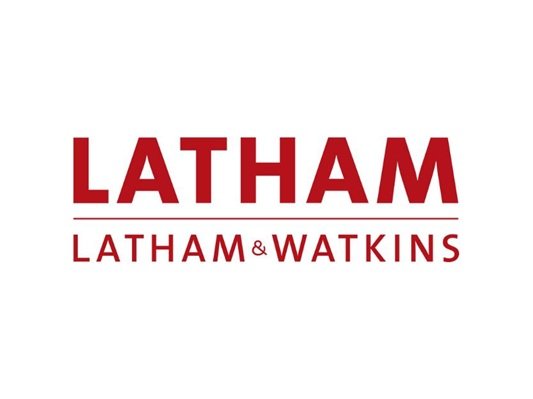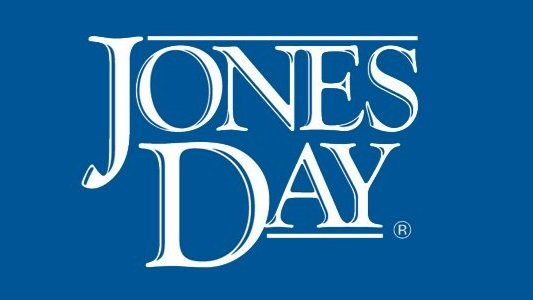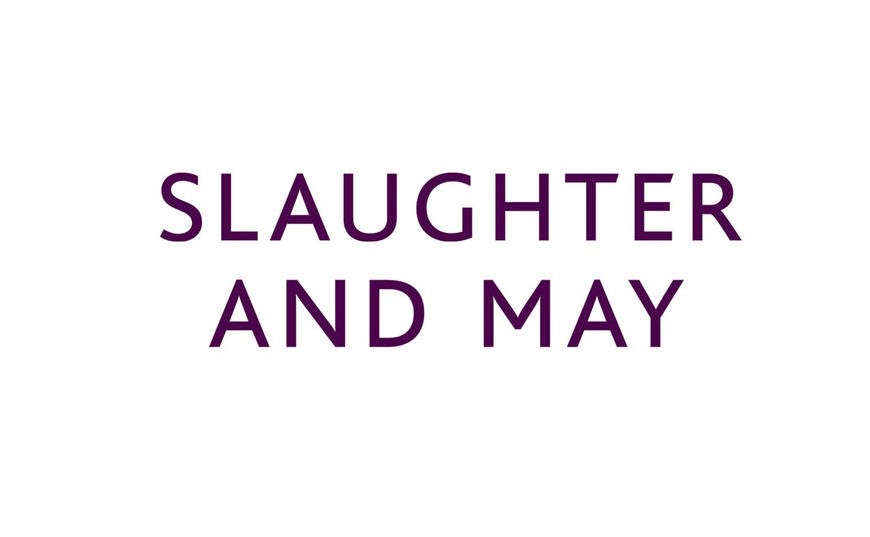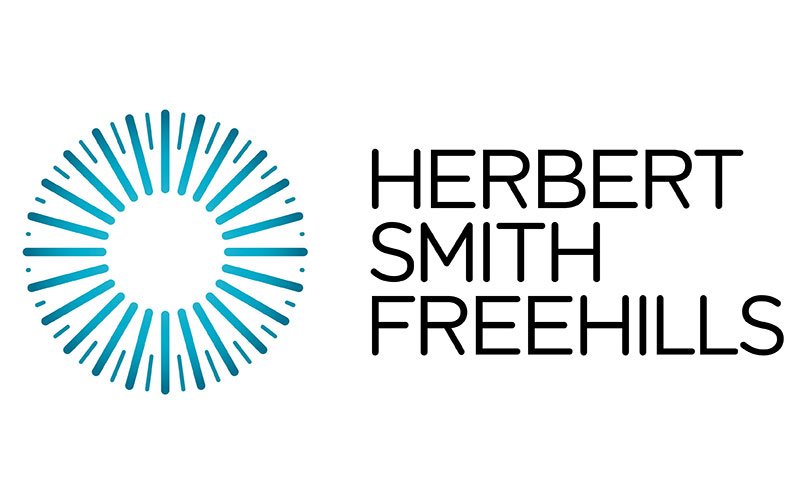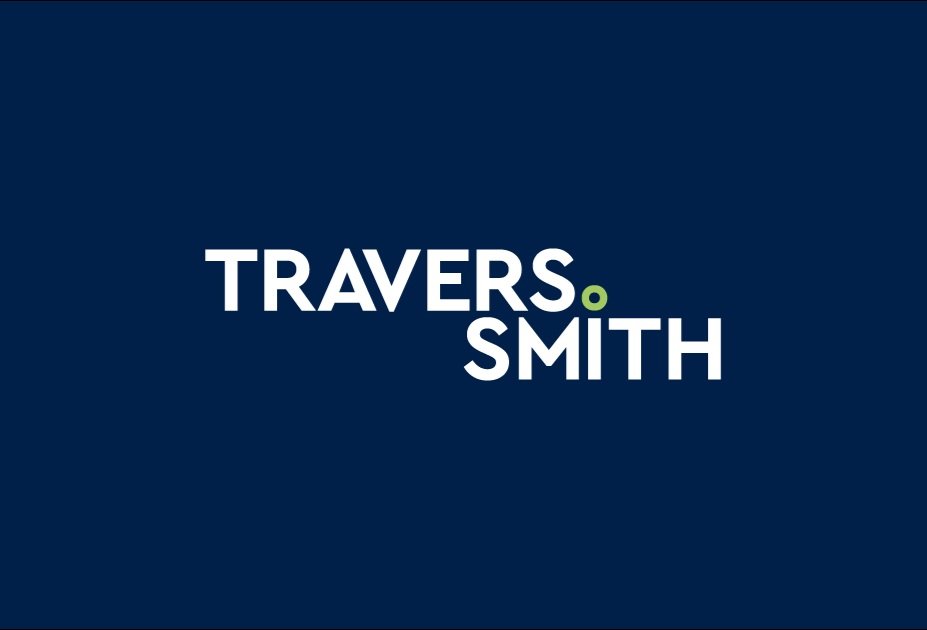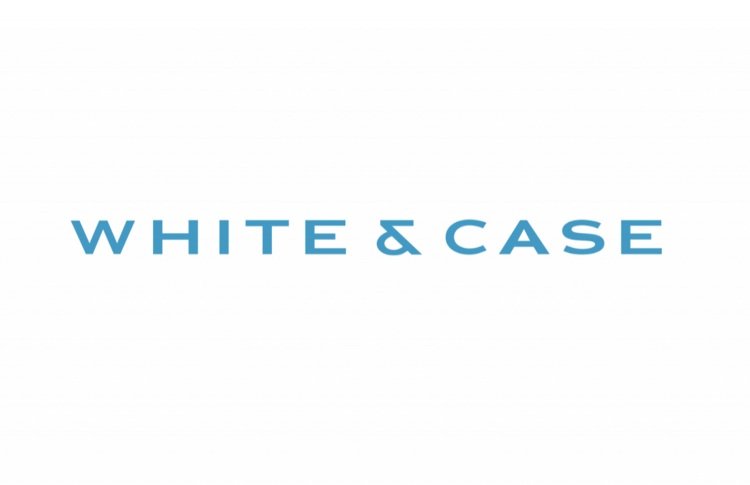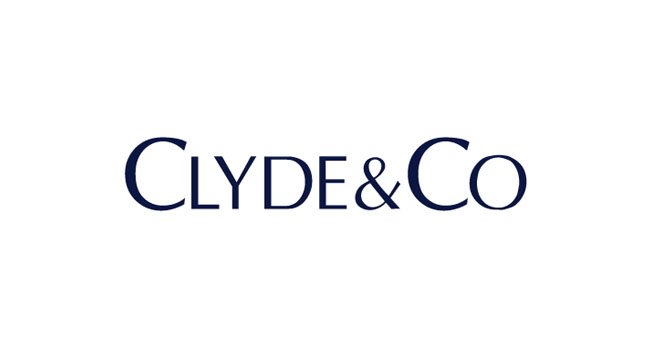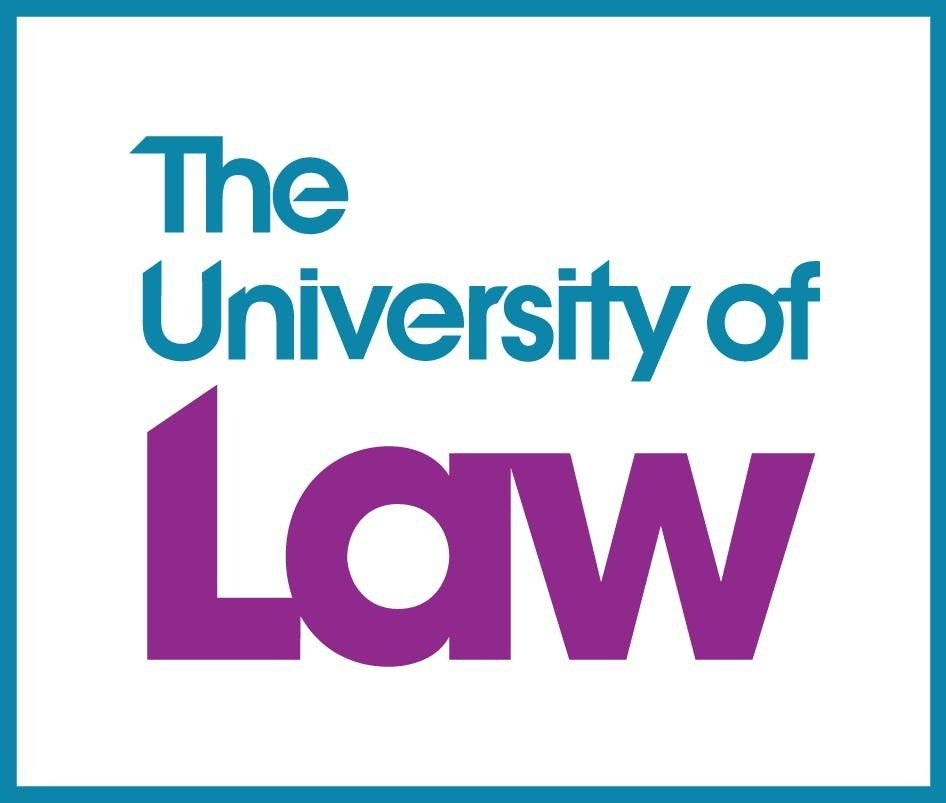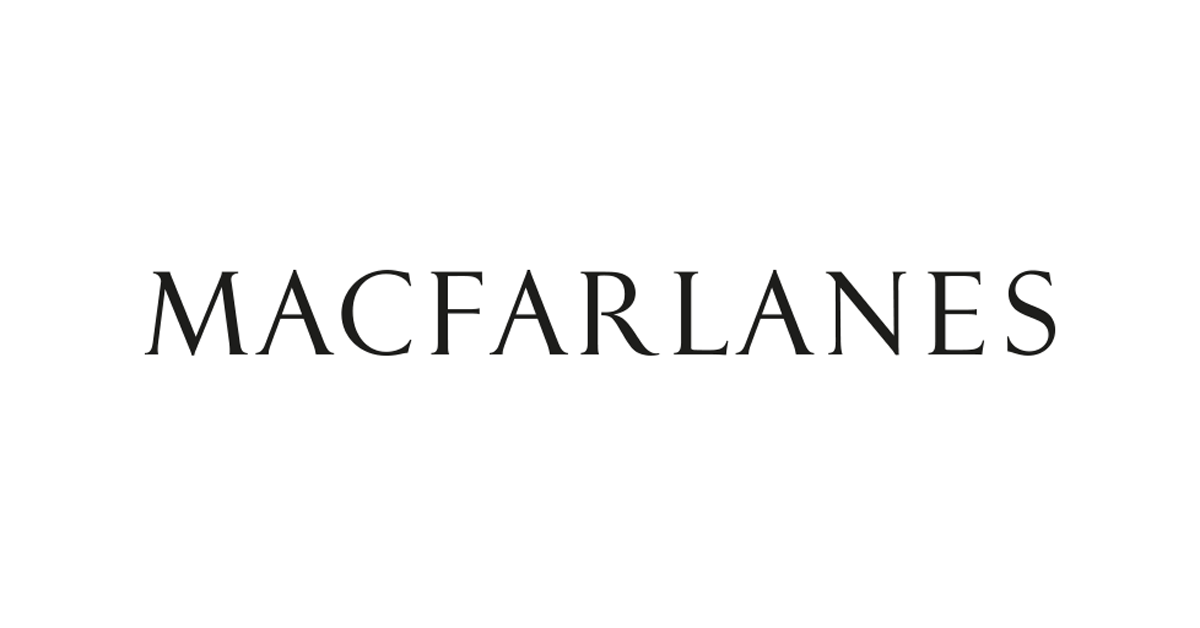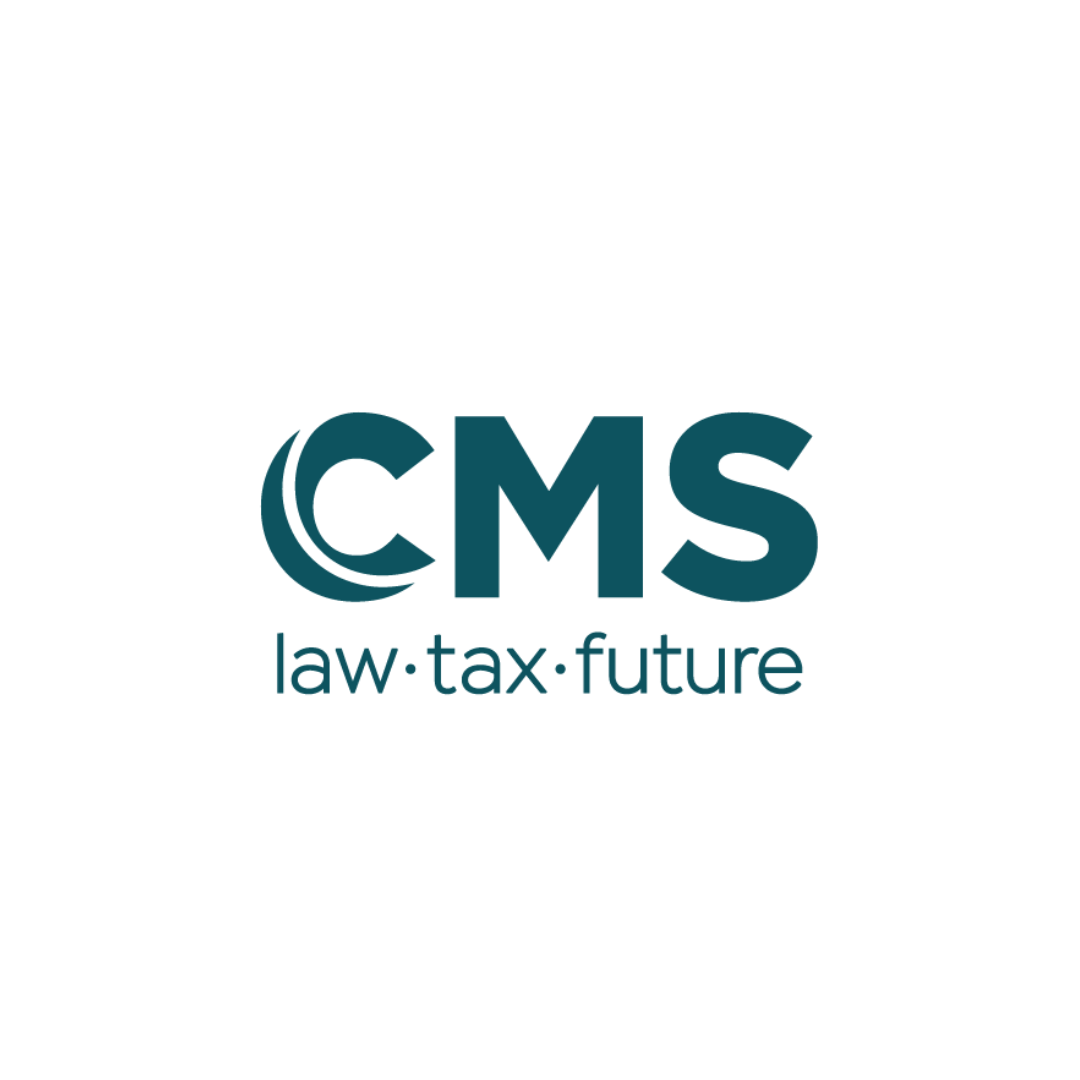In RRC v Tooth [1] , the Supreme Court ruled that disclosures in the ‘white space’ of a tax filing may substantiate a legal defensible position against a deliberate inaccuracy. The impact of this decision limits the statutory period for Her Majesty’s Revenue and Customs (HMRC) to issue discovery assessments.
Time Limits for Enquiry and Discovery by HMRC
The tax system in the UK is largely dependent on voluntary self-assessments that must follow the Taxes Management Act 1970 (‘the Act’). The Act gives HMRC powers to open enquiries and amend the tax return, however there is a time limit to which HMRC must adhere. HMRC has one year from the date of filing to open an enquiry (or longer if the return is filed late). However, where HMRC discovers that their initial assessment is insufficient, they may only issue a re-assessment (‘discovery assessment’) where the taxpayer or their agent’s representation was careless or deliberate, resulting in the insufficient initial assessment. [2]
Once the enquiry has been opened, HMRC has four years to issue a discovery assessment where the shortfall in tax has been brought about carelessly or deliberately by the taxpayer or their agent. This is extended to six years if the insufficiency of the initial assessment by the HMRC resulted from the carelessness of the taxpayer (or their agent), and twenty years if the taxpayer or their agent has been found to have been dishonest. [3]
In Tooth, HMRC did not open an enquiry into Mr Tooth’s return within the twelve-month assessment period. However, they had opened another form of enquiry. The court ruled that this was not indistinguishable to the initial inquiry. HMRC responded by relying on the deliberate misrepresentation to extend their deadline for the discovery assessment on Mr Tooth to twenty years.
Background
The case involved the use by Mr Tooth of the then contested Romangate tax scheme, netting him some £500 000 in tax savings through a deduction that was disclosed on the wrong box and wrong form of the tax return. The format was intentional only because the HMRC approved software impeded the deduction where appropriate. This was explained in some details within two sections of the return white space.
The First-tier Tribunal agreed that HMRC had opened enquiry in October 2014, but disagreed that Mr Tooth had been deliberately inaccurate on his tax filings.
The Upper Tribunal (UT) determined there had been no new discovery in 2014 based on evidence of a 2009 discovery by HMRC, and found no inaccuracy in Mr. Tooth’s return, as such, the allegation of inaccuracy could not be deliberate.
The Court of Appeal agreed with the UT on the deficiency of discovery, but found the inaccuracy in Mr Tooth’s filings to be deliberate. However, due to the lack of a timely discovery, HMRC’s appeal was dismissed.
While this was occurring, retrospective legislation was passed that became section 128(5A) of the Act, rendering the scheme used in this filing illegitimate. [4]
Although HMRC conceded that paragraph 27 applied to Mr Tooth because a deduction was made on his tax filings, HMRC took the position that Mr Tooth had deliberately brought about the tax loss.
Discovery
The Supreme Court held that if an inquiry had commenced under s.29 of the Act, no communication with the taxpayer was immediately necessary. The excessive period of time that passed between the discovery being made and the assessment did not render the assessment ‘stale’ (i.e not valid) because the discovery was made within the legislated period.[5] The new discovery must be based on the state of mind of the discoverer, notwithstanding discoveries made by other HMRC representatives in prior years. [6]
Deliberate Inaccuracy
Amendments to the Act in 2008 replaced “fraudulent or negligent” with “deliberate or careless”. [7] Prior to the amendment, the twenty-year timeline for reassessments was reserved for fraudulent or negligent filings. The legislation reduced the assessment period for careless filings to six years. [8]
Mr Tooth, through his representatives, filed his return with the position that the scheme was legitimate. He disclosed this in two sections of his filings, including the main return at box 19 and again on the partnership section with explanations. The explanations acknowledged the wrong box and schedules were being used because they were unable to access the appropriate section on the approved software or there was not an appropriate box to claim the deduction despite their understanding of the provision allowing so in the Act at the time of filing. [9]
HMRC argued that the resulting inaccuracy was deliberate because the statement containing the inaccuracy was deliberately made. In considering s.118(7) in relation to s.29(4), the court determined that using HMRC’s proposed interpretation would remove intent from consideration. The resulting effect would be any inaccuracy, including one that was below a standard of carelessness, would open the reassessment period to twenty years. [10] In considering the history of the legislation, the court did not find this to be Parliament’s original intention.
The court held that, to establish deliberate behaviour, the inaccuracy must be viewed in the context of the tax return as a whole. The intentional use of the wrong box in itself was not sufficient if appropriate explanations were disclosed elsewhere in the document. [11]
The court also held that disclosures were appropriate despite not being the proper form, and therefore Mr Tooth’s filings did not meet the standard of dishonesty under s.29(4) of the Act.
Conclusion
To protect a tax filing position and mitigate risk to within six years, taxpayers and their agents should use the whitespace on the return to provide full disclosures. This practice will start the clock ticking for HMRC to contest the filing.
[1] RCC v Tooth [2021] UKSC 17, [2021] 3 All ER 711.
[2] Taxes Management Act 1970, s 9A(2); Taxes Management Act 1970, s 29(4).
[3] Tooth (n 1) [25].
[4] RCC v Cotter [2013] UKSC 69, [2014] 1 All ER 1.
[5] ibid [84].
[6] ibid [86].
[7] Tax Management Act 1970, ss 118(5), 118(7).
[8] ibid.
[9] Cotter (n 3) [11].
[10] ibid [44].
[11] ibid [43].
